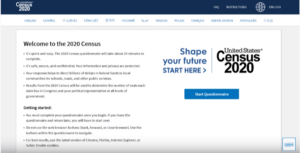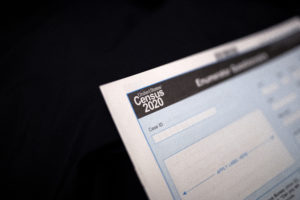Introducing the ‘Near Poor’
The Census Bureau published a new measure of poverty this month to more carefully count those Americans who are barely getting by. The new income category -- “near poor” -- is up for grabs to those in the OWS movement, who could use it to better tell their alternative story of broad American hardship. (more)
The Census Bureau published a new measure of poverty this month to more carefully count those Americans who are barely getting by. The new income category — “near poor” — is up for grabs to those in the OWS movement, who could use it to better tell their alternative story of broad American hardship.
Researchers counted 51 million Americans whose incomes are less than 50 percent above the official poverty threshold, which stood at $22,314 a year for a family of four in 2010.
Studied by the bureau at the request of The New York Times, the size of the new category shocked researchers. “These numbers are higher than we anticipated,” said one of the bureau’s poverty statisticians. “There are more people struggling than the official numbers show.” — ARK
Your support matters…The New York Times:
When the Census Bureau this month released a new measure of poverty, meant to better count disposable income, it began altering the portrait of national need. Perhaps the most startling differences between the old measure and the new involves data the government has not yet published, showing 51 million people with incomes less than 50 percent above the poverty line. That number of Americans is 76 percent higher than the official account, published in September. All told, that places 100 million people — one in three Americans — either in poverty or in the fretful zone just above it.
After a lost decade of flat wages and the worst downturn since the Great Depression, the findings can be thought of as putting numbers to the bleak national mood — quantifying the expressions of unease erupting in protests and political swings. They convey levels of economic stress sharply felt but until now hard to measure.
Independent journalism is under threat and overshadowed by heavily funded mainstream media.
You can help level the playing field. Become a member.
Your tax-deductible contribution keeps us digging beneath the headlines to give you thought-provoking, investigative reporting and analysis that unearths what's really happening- without compromise.
Give today to support our courageous, independent journalists.








You need to be a supporter to comment.
There are currently no responses to this article.
Be the first to respond.